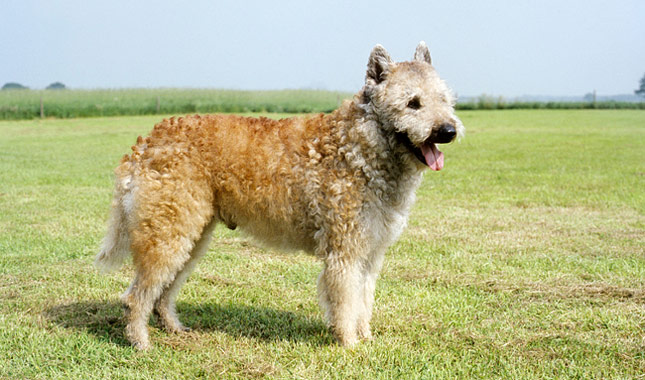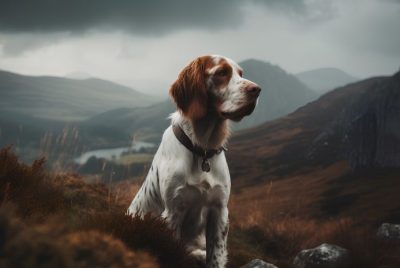Belgian Laekenois: Traits & Characteristics
As an avid large dog breed enthusiast, I’ve been blessed with the opportunity to learn and share about many unique breeds, and today, I’m excited to talk about a particularly interesting one – The Belgian Laekenois.
Introduction to the Belgian Laekenois
The Belgian Laekenois, pronounced “Lak-in-wah,” is a captivating breed, brimming with history, personality, and charm.
Origin and History
This breed originated in Belgium, as the name suggests, and is one of the four types of Belgian sheepdogs. Their principal task back then? Herding sheep at the Royal Castle of Laeken – thus the name!
Physical Appearance
They’re medium-to-large dogs with a robust build and a distinctive rough, wiry coat that comes mostly in shades of fawn and red. Their alert eyes and pricked ears give them an ever-watchful look.
Unraveling the Belgian Laekenois Personalit
What makes the Laekenois a genuine standout is its dynamic personality.
Temperament Traits
They’re known for their intelligence, loyalty, and protective nature. However, they do have a slight independent streak, which may sometimes make them seem aloof.
Intelligence and Trainability
These dogs are incredibly bright and eager to learn. Their trainability is high, making them suitable for various roles, including police and service work.
Socialization and Behavior with Others
While they’re loving with their families, they can be reserved with strangers. Hence, early socialization is vital to ensure they’re well-rounded dogs.
Health Aspects of the Belgian Laekenois
Like any breed, the Belgian Laekenois has its health considerations.
Common Health Issues
They’re generally healthy but can occasionally be prone to hip dysplasia, eye conditions, and certain skin problems.
Lifespan and Vitality
A well-cared-for Belgian Laekenois can live up to 12-14 years, leading a life full of vitality and zest.
The Care Guide for a Belgian Laekenois
So, how do you take care of a Belgian Laekenois?
Exercise and Activity Levels
Given their working heritage, these dogs need plenty of physical and mental stimulation. Daily walks, play sessions, and problem-solving games are essential.
Nutrition and Diet
A balanced diet suitable for their age, size, and activity level is critical for their well-being. Consultation with a vet can help tailor the perfect diet plan.
Grooming Needs
The wiry coat of a Belgian Laekenois requires regular brushing to keep it healthy and mat-free. Despite this, they’re considered a low-shedding breed.
The Ideal Home for a Belgian Laekenois
Considering a Belgian Laekenois for your home? Here’s what you need to know.
Family and Living Environment
They’re great family pets for those who lead an active lifestyle. They prefer homes with enough space to move around, but with proper exercise, they can adapt to apartment living.
Compatibility with Other Pets
With their herding instincts, they might try to ‘herd’ other pets. But with proper socialization, they can live peacefully with other animals.
Conclusion
In conclusion, the Belgian Laekenois is an intelligent, active, and loyal breed that makes a wonderful companion for the right person or family. Their care requires some effort, but the love and companionship they offer in return are immeasurable.
Frequently Asked Questions
- Is the Belgian Laekenois a good family dog?
Yes, with proper socialization and training, they make excellent family pets. - How much exercise does a Belgian Laekenois need?
They require a substantial amount of exercise, including daily walks and mental stimulation. - Do Belgian Laekenois get along with other pets?
With their herding instinct, they might try to ‘herd’ other pets, but with early socialization, they usually get along well with other animals. - What health problems do Belgian Laekenois have?
While generally healthy, they can occasionally be prone to hip dysplasia, certain eye conditions, and skin problems. - Is the Belgian Laekenois easy to train?
Yes, due to their intelligence and eagerness to please, they are relatively easy to train. However, their training should be consistent and positive.




